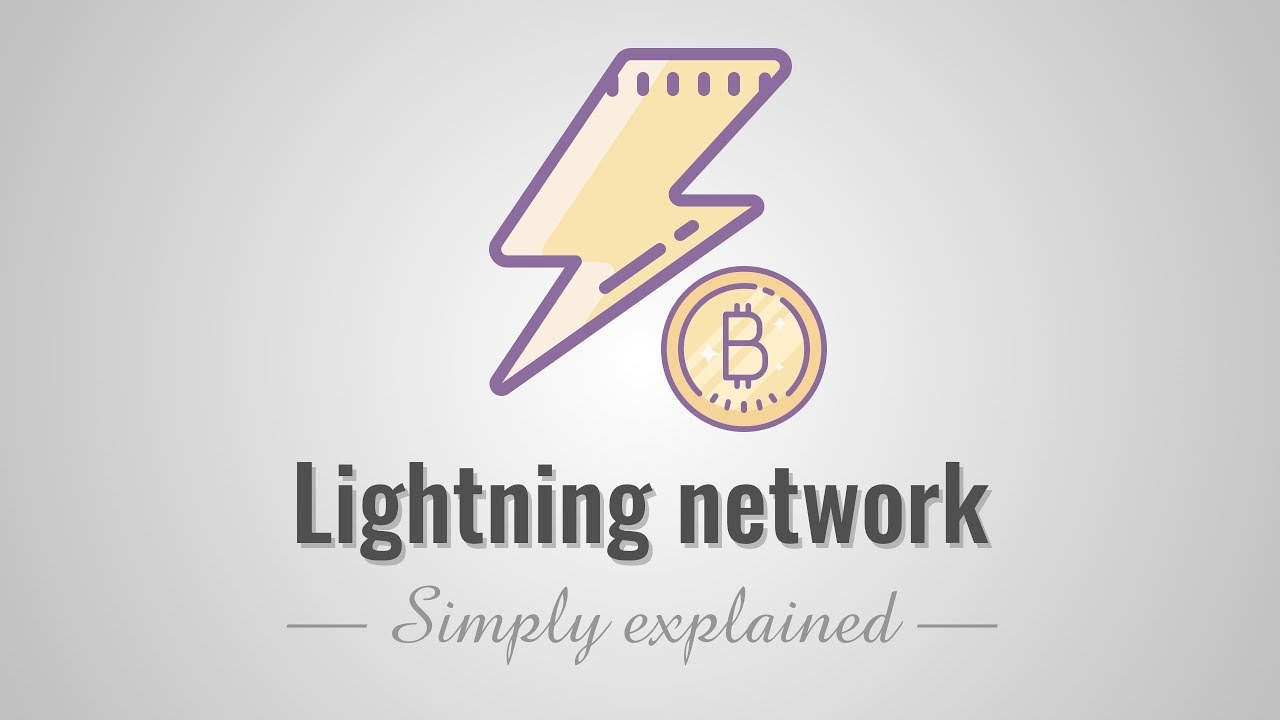
Lightning Network Explained: How Do Bitcoin and Crypto Work?
The Lightning Network is a revolutionary new technology that has the potential to revolutionize the way we use and interact with cryptocurrencies.
The technology can make cryptocurrency transactions more secure, efficient, and convenient.
In this blog, we explore the ins and outs of the Lightning Network and discuss how it could revolutionize the world of cryptocurrency.
An Overview of the Lightning Network
The lightning network is a revolutionary payment protocol that facilitates fast, low-cost transactions with scalability and security.
It was first proposed by developers from Lightning Labs in 2015 as a way to increase the speed and efficiency of Bitcoin transactions on the blockchain.
Since then, the lightning network has been improved and released in beta form, with Jack Dorsey’s Square Crypto leading the charge.
The lightning network works by using an off-chain payment channel network that allows users to send and receive payments without using the Bitcoin network.
If two people have established a payment channel, they can make multiple transactions without ever needing to broadcast them onto the blockchain.
This makes transaction times much faster than if they were sent through the Bitcoin network, with some tests claiming speeds up to millions of transactions per second (TPS) — similar to Visa’s processing speed.
For users to take advantage of this technology, they need a lightning wallet compatible with their protocol version.
These wallets are available from both Lightning Labs and other third-party developers who have created their versions for different platforms.
Although still in its early stages of development, the lightning network has already made significant progress towards achieving its goal of making Bitcoin transactions faster and more secure than ever before. With more developers working on it daily, there’s no telling what heights it can reach!
What Is the Lightning Network?
The Lightning Network is a second-layer protocol that operates on the Bitcoin blockchain, allowing users to conduct off-chain transactions with each other.
This new layer-2 technology enables Bitcoin nodes to open payment channels, allowing them to send and receive BTC without going through the Bitcoin network itself. This capability allows transactions to be conducted much faster than on the Bitcoin blockchain.
This is because the Lightning Network allows for an unlimited number of transactions per second, making it much more efficient than the original Bitcoin network. Additionally, these off-chain transactions can be settled back onto the main chain in batches for increased security and decentralization.
For example, if you wanted to withdraw 5 BTC from a payment channel, you could do so without broadcasting every transaction onto the ledger.
This makes it easier and faster for users to make payments and exchange value without clogging up or hindering the underlying bitcoin blockchain infrastructure.
Can I Invest In the Lightning Network?
Yes, you can invest in the Lightning Network! To take advantage of the features of the Lightning Network, you will need to purchase and hold Bitcoin.
Once you have done this, you can use your Bitcoin to support the development of the Lightning Network by investing in it.
This can be done through various platforms that facilitate network investments, such as exchanges or apps.
Additionally, several companies provide services specifically related to investing in the Lightning Network, so those interested should explore their options carefully before making any decisions.
Who Runs the Lightning Network?
This network is maintained by Lightning Labs, who have developed the technology to allow for fast, low-cost transactions using smart contracts on the ledger.
Participants in this network are called nodes, who create channels between parties to facilitate transactions without going through miners or paying transaction fees.
The blockchain is updated only when a channel is closed, allowing for far more efficient transactions than conventional digital currency systems.
By decentralizing the process of exchanging funds and bypassing miners, the Lightning Network provides an effective way to use cryptocurrency without paying expensive transaction fees or waiting long periods for transfers to complete.
What Makes the Lightning Network So Great?
It allows users to open payment channels between two or more parties that allow for the quick, easy and secure transfer of Bitcoin transactions without having to be confirmed on the main Bitcoin blockchain.
Not only does this make it more scalable, but it also makes it more economical since payment channels require fewer fees than regular Bitcoin transaction fees.
All in all, the Lightning Network is a great solution that makes it possible for people to securely and quickly transfer their Bitcoin transactions while enjoying scalability and economic savings.
Cons of Lightning Network
No offline support
The Lightning Network is based on a network of nodes connected; this means that all transactions must occur online.
This is great for convenience, but it also means that if the network goes down or one of the nodes is offline, the user won’t be able to access their funds or pay for items. This can be a major issue for those who rely on their funds to be available on demand.
Heavily reliant on the other peer
All peer-to-peer transactions rely on the other peer to be online and available.
This is especially concerning in the case of payments, as the user may not even know that the other peer is offline at the time of the transaction.
Final Words
In conclusion, the Lightning Network provides a secure, efficient, low-cost solution for transferring value across blockchain.
It is a promising technology that has the potential to revolutionize the way digital currencies are used. As the network continues to scale and develop, it will become an increasingly important part of the cryptocurrency ecosystem.